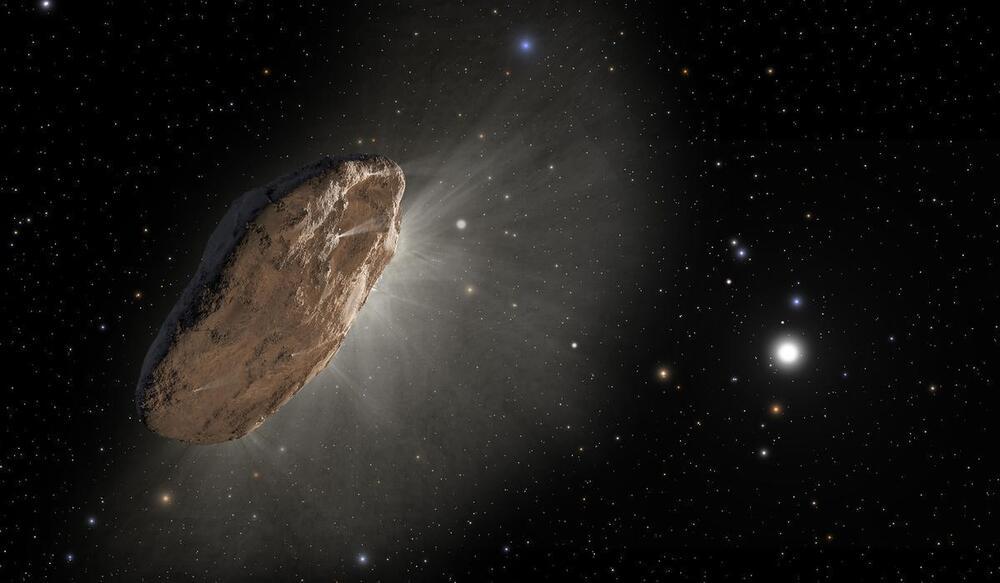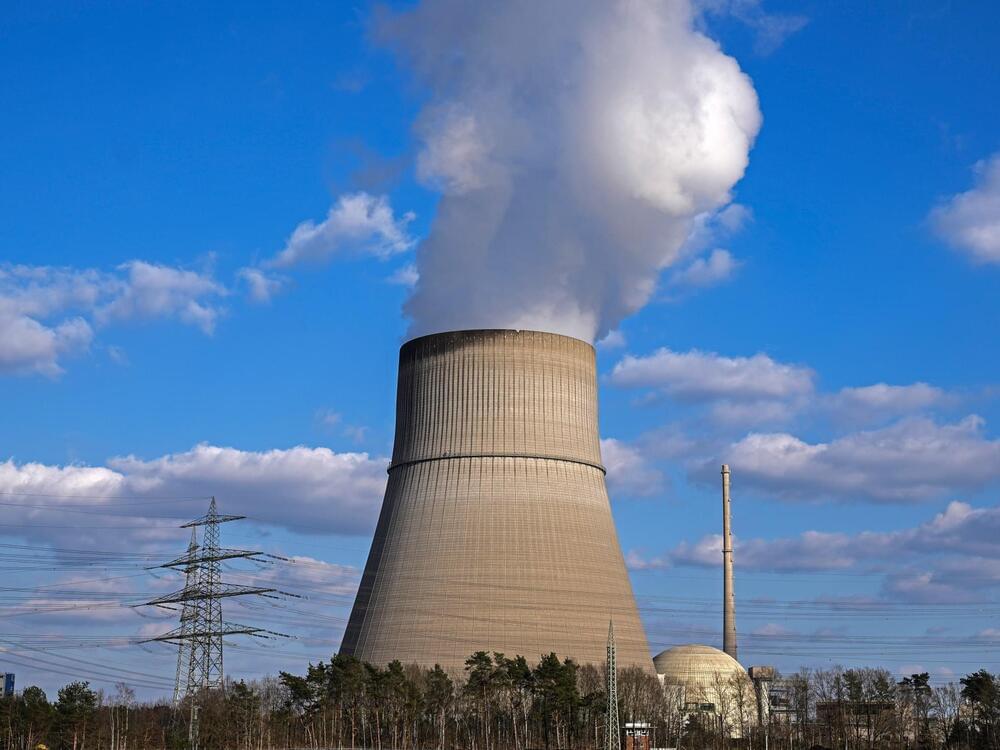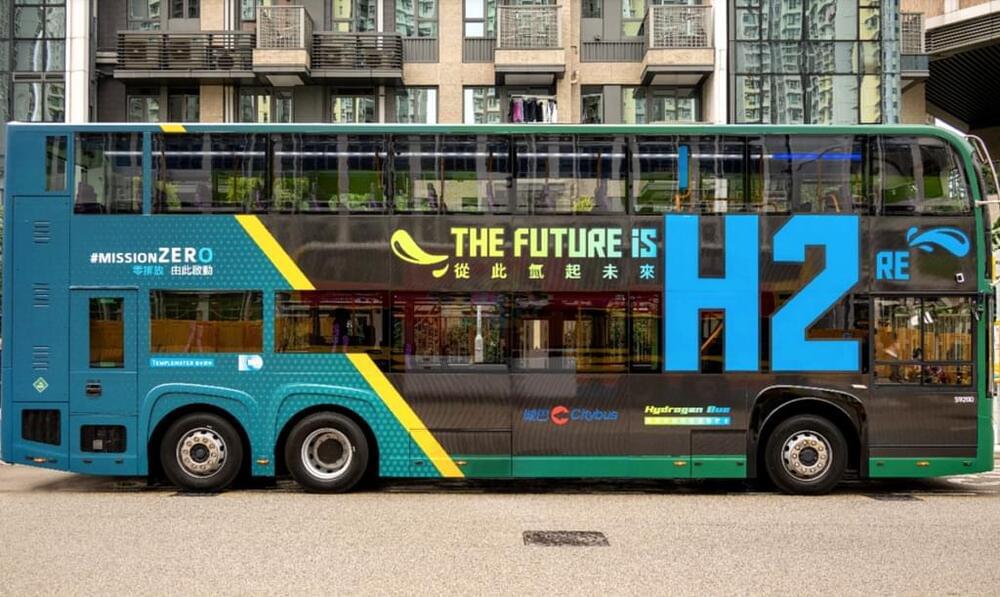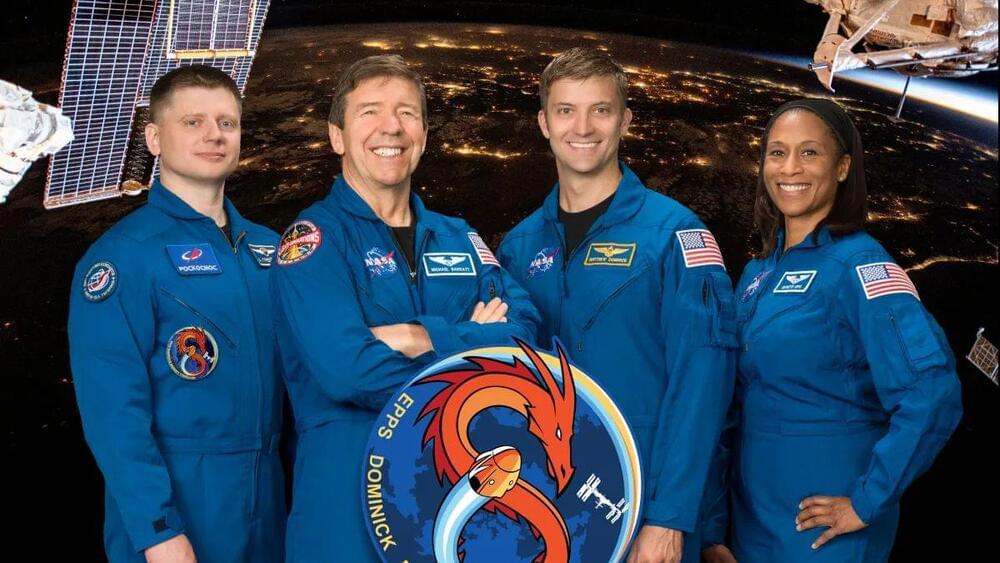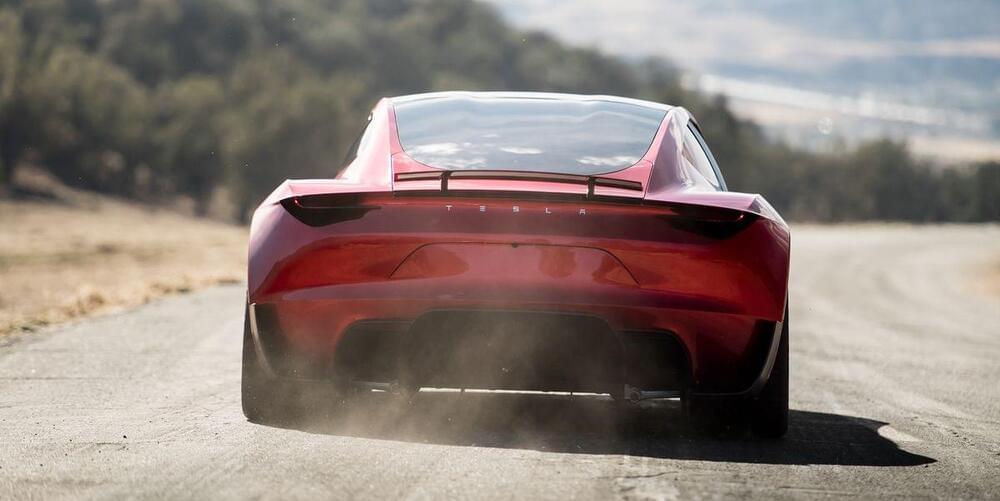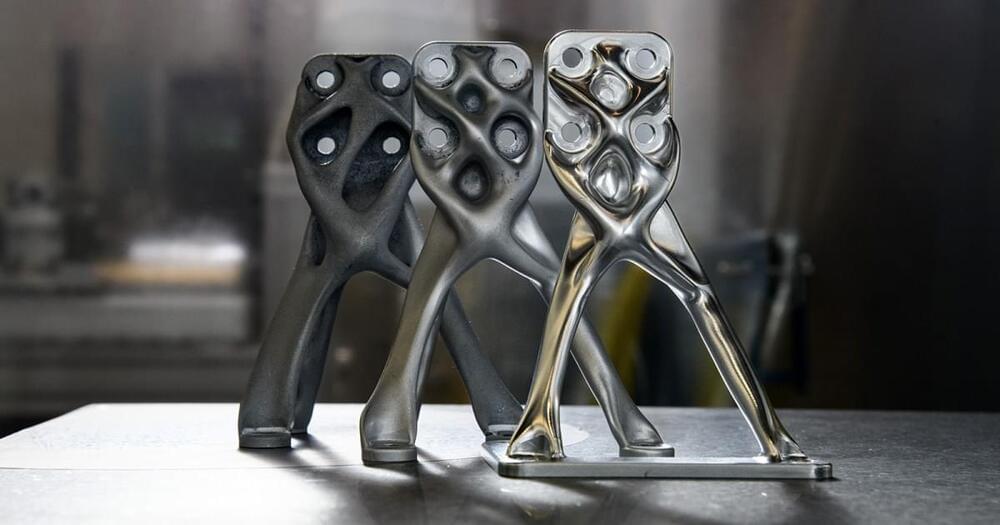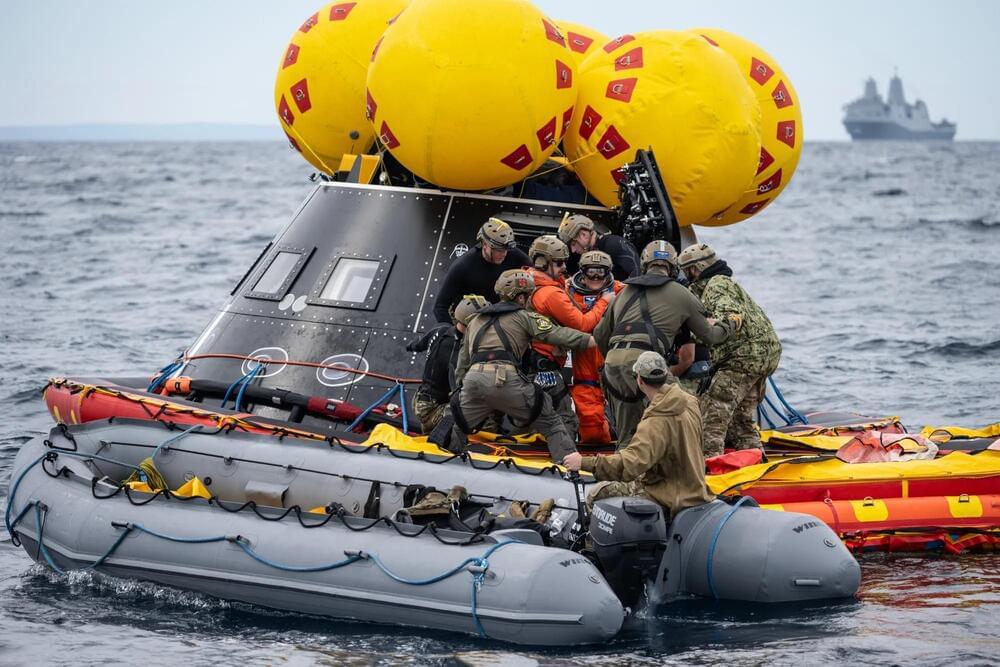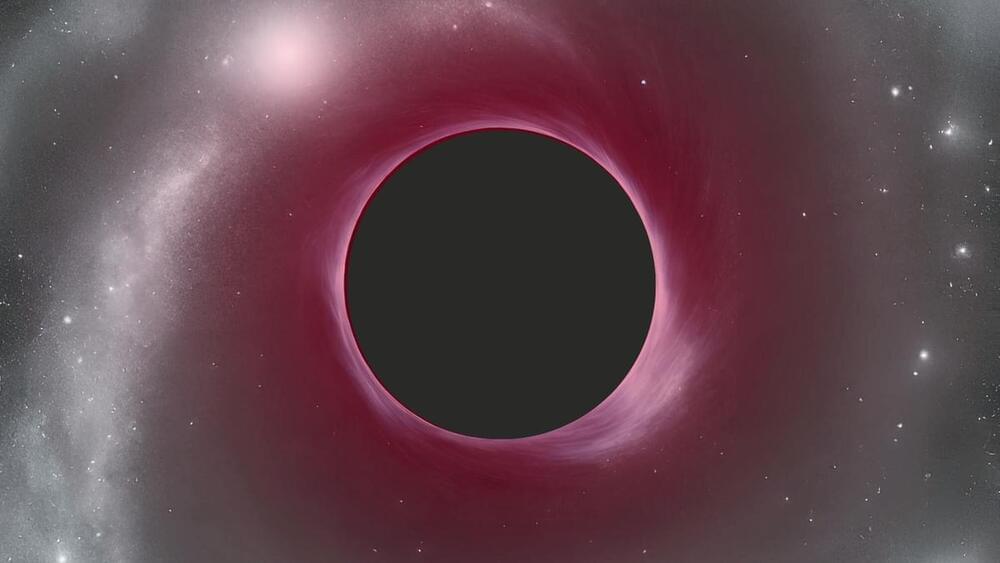Mar 2, 2024
New laser experiment spins light like a merry-go-round
Posted by Paul Battista in categories: physics, space travel
In day-to-day life, light seems intangible. We walk through it and create and extinguish it with the flip of a switch. But, like matter, light actually carries a little punch—it has momentum. Light constantly nudges things and can even be used to push spacecraft. Light can also spin objects if it carries orbital angular momentum (OAM)—the property associated with a rotating object’s tendency to keep spinning.
Scientists have known that light can have OAM since the early 90s, and they’ve discovered that the OAM of light is associated with swirls or vortices in the light’s phase—the position of the peaks or troughs of the electromagnetic waves that make up the light. Initially, research on OAM focused on vortices that exist in the cross-section of a light beam—the phase turning like the propeller of a plane flying along the light’s path.
But in recent years, physicists at UMD, led by UMD Physics Professor Howard Milchberg, have discovered that light can carry its OAM in a vortex turned to the side—the phase spins like a wheel on a car, rolling along with the light. The researchers called these light structures spatio-temporal optical vortices (STOVs) and described the momentum they carry as transverse OAM.


